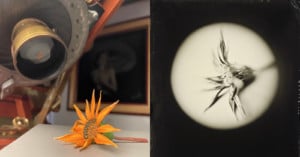
Tintypes Made Using Focusing Loupes As Lenses
This personal project was born of a lifelong pursuit of charting new paths upon the broad field of the artistic landscape, combined with an unexplained passion for vintage ground glass focusing loupes.

This personal project was born of a lifelong pursuit of charting new paths upon the broad field of the artistic landscape, combined with an unexplained passion for vintage ground glass focusing loupes.
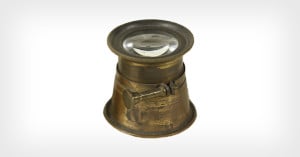
This article is dedicated to a very helpful yet often-overlooked photographic accessory. After scouring the Web, I have only been able to find few brief entries dedicated to those devices, so I hope my writing will be found helpful by inquisitive minds interested in the history of photo equipment.
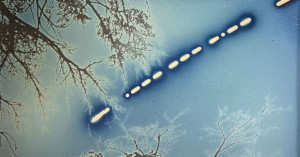
In early spring 1839, Paris was abuzz with excitement in connection with a recently published letter, in which the invention of photography was confirmed by reliable sources. The world was now waiting for the French government to work out a deal with its inventor Louis J.M. Daguerre for details of the daguerreotype process to become public.
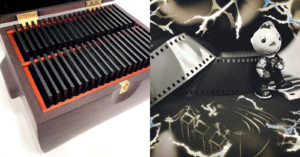
Having now finalized work on this series, I will attempt to put into words its impetus, as well as how it came to fruition. This will be a lengthy entry, proportional in size to the monumentally significant nature of this work for me, and therefore I shall start from the beginning, as all things have their origins.
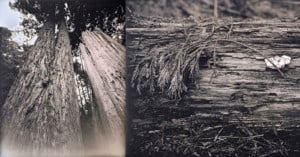
This trip has been waiting in the wings ever since I made my first successful daguerreotype in the redwoods two years ago. I actually planned on going as early as August this year, but one project after another kept getting in the way, and for months I kept pushing it back by a couple of weeks.
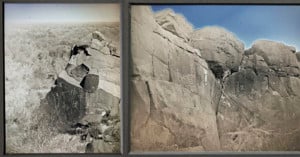
Toward the end of November, I went back to one of my favorite places in the desert. A spot out in the middle of nowhere, with the nearest significant human population well over an hour drive away.
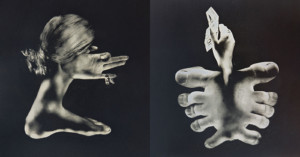
Chimacabres come out at night. They are around during the day too of course, but the night is when they really thrive. In the dark, it’s harder to tell if you’re face to face with a fellow person or if it’s a chimacabre in front of you, and they don’t even have faces.
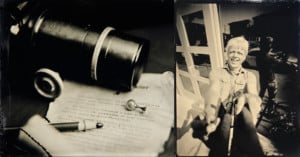
I always resisted writing artist statements and bios. In school, that part of every assignment or exhibition was the most agonizing. It felt overly simplistic to just describe what the viewer was about to encounter, or why objects or abstract shapes, making my specific image or groups of images, were presented in this way or another.
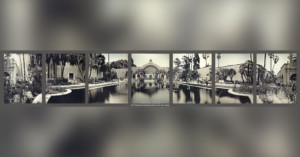
I’ve been experimenting non-stop with a few new daguerreotype techniques lately, and however promising the results are looking so far, those experiments are slow going. But here’s something I thought up and was able to execute in a relatively speedy manner -- something I believe warrants a look. I don’t believe this method of making a panoramic image has ever been utilized before, so I’m dubbing it the "Antorama."
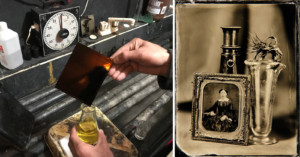
A few days ago, for the first time ever in my experience with wet plate photography, I mixed up collodion from scratch. I thought I'd share about the experience.
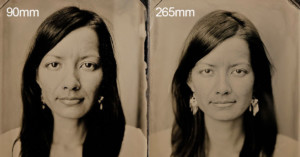
I know this topic is covered here and there and everywhere: in school and online, in workshops and lectures, on street corner posters and graffiti under freeway overpasses… However, one way or another this topic seems to either elude a lot of photographers entirely or perhaps they ignore it knowingly. Either way, after continually seeing tight headshots done with lenses possessing an obviously incorrect focal length, my personal OCD has reached a boiling point and I decided to finally do this little post complete with a demonstration.
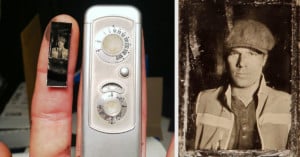
How small can you go when it comes to wet plate collodion photography? Photographer Anton Orlov of The Photo Palace recently experimented with this question by shooting thumbnail-sized 8x11mm tintypes using an old Minox subminiature camera -- a model A III from the 1950s.
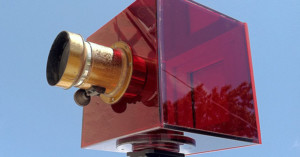
Photographer Anton Orlov has created what he believes is the world's first camera that's both completely transparent and fully functional. It's called CLERA, short for Clear Camera, and is a camera that you can also look into while a projected photo is being exposed.